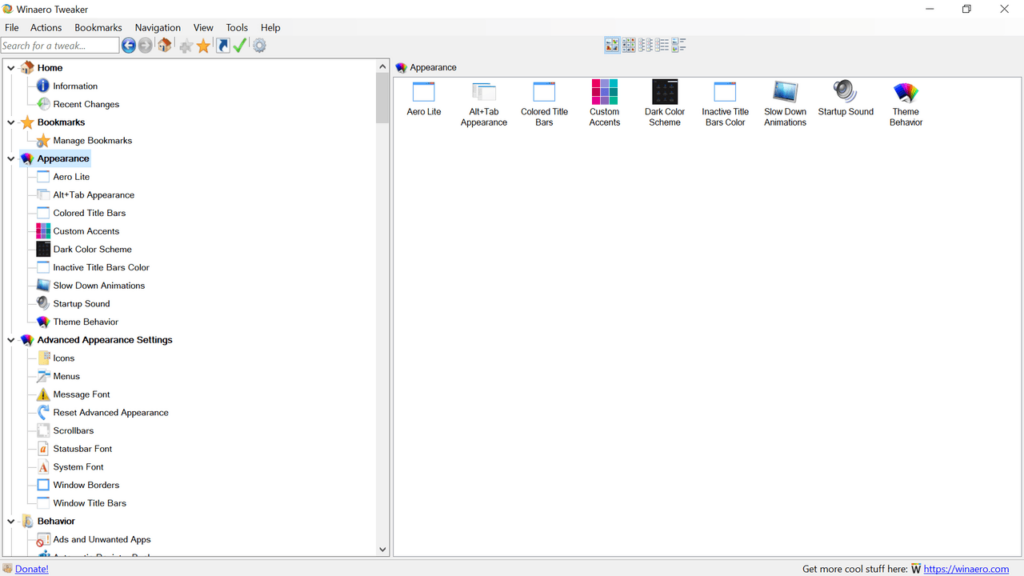


Navigate to Settings > Personalization.If you find the bright theme in this mode has an influence on your eyes or you prefer to work in a dark environment, you can switch to the dark mode. By default, this system uses the light mode. Of course, Windows 11 is not an exception. Nowadays many apps use the dark mode to bring improved user comfort.

Switch the toggle of any folder to add it to the Windows 11 Start menu next to the Power button.

You’ll need to take a screwdriver or a pair of scissors (ideally, they make jumpers and switches for this, but you likely don’t have those lying around) and touch the two pins together, creating an electrical connection. Don’t worry it won’t shock you. This is usually either a battery on the motherboard you can remove and reseat or a pin by the front panel headers. Your BIOS likely doesn’t have that feature, and you’ll need to clear CMOS manually. If your computer doesn’t boot into safe mode, don’t worry, you didn’t turn it into a paperweight. Intel doesn’t have the same SOC as Ryzen does, and will likely not have this issue anyway. You can also try raising the SOC voltage slightly on Ryzen systems, as 1st and 2nd gen Ryzen are particularly finicky with memory overclocking. You can try bumping up the memory voltage in 25 millivolt (0.025v) increments before reaching the max recommended voltage. If it doesn’t boot, your motherboard likely failed its power-on-self-test (POST) you’ll probably have to wait about thirty seconds for the BIOS to boot into safe mode and restore the last working settings.


 0 kommentar(er)
0 kommentar(er)
